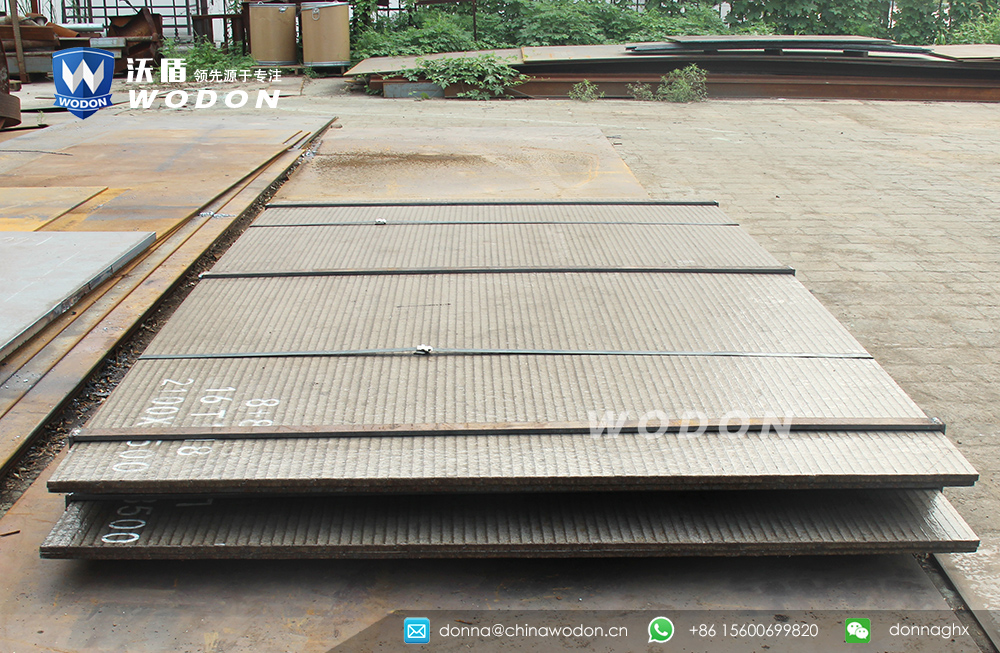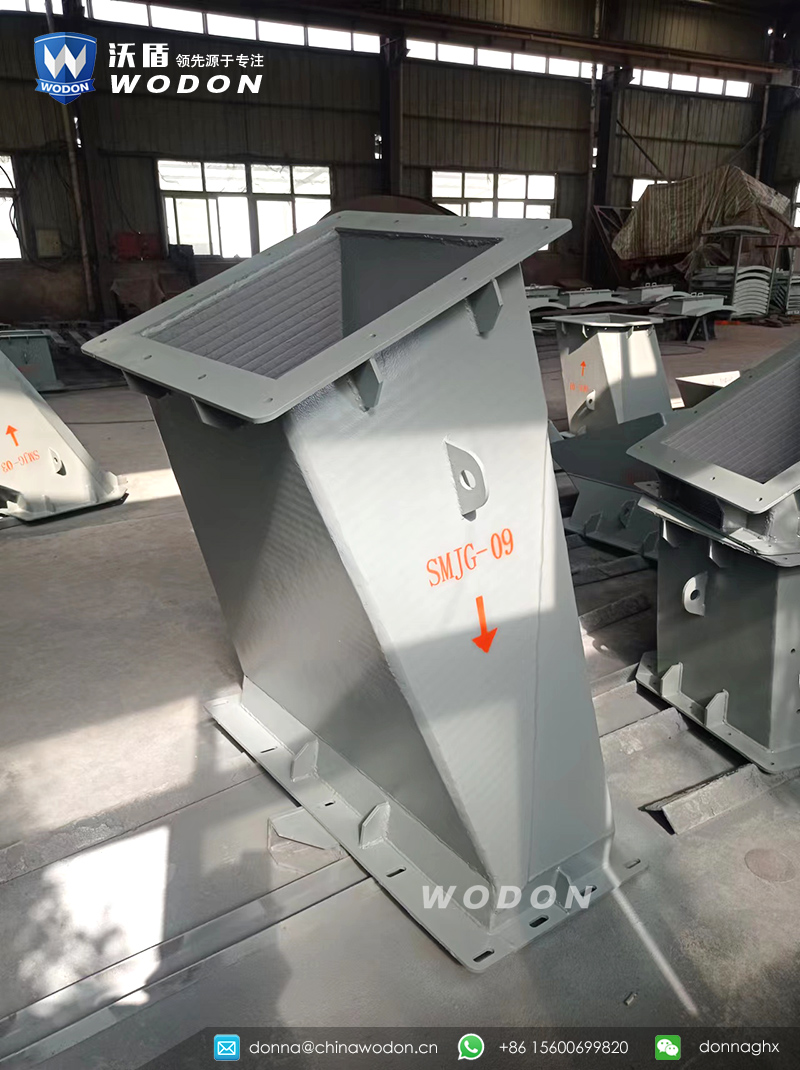Why do single-pass stainless steel welds using FCAW consistently fail inspections?David Meyer and Rob Koltz take a closer look at the reasons for these failures.Getty Images
Q: We are repairing welded steel scrapers in a dryer system in a wet environment.Our welds failed inspections due to porosity, undercuts and cracked welds.We weld A514 to A36 using 0.045″ diameter, all position, cored 309L, 75% Argon/25% Carbon Dioxide gas for better wear resistance.
We tried carbon steel electrodes, but the welds wore out too quickly and we found stainless steel to perform better.All welds are done in a flat position, 3/8 inch.Due to time constraints, all welds were done at one time.What could cause our welds to fail?
Undercut usually occurs due to out of specification welding parameters, improper welding technique, or both.We can’t comment on welding parameters because we don’t know them.Undercuts that occur at 1F usually result from excessive weld puddle operation or too fast or too slow travel speed.
Since the welder is trying to deposit 3/8″.The possibility of overhandling the torch may be partly responsible for single-pass fillet welding with small diameter flux-cored wire.However, it appears to be using the wrong tool at work rather than a technical issue, which is why.
Porosity is caused by impurities in the weld, loss or excess of shielding gas, or excessive moisture absorption of flux-cored wire.You mention that this is a repair job on wet media inside the dryer, so if the welds aren’t thoroughly cleaned, this could be the main cause of the voids.
The filler metal you are using is all position flux cored wire, these wire types have a quick freezing slag system.This is necessary to support the weld puddle when welding vertically upwards or overhead.The disadvantage of quick freezing slag is that it solidifies before the weld pool below it.If the gases are still being released, they usually become trapped and appear later in the form of pores or surface worm tracks.This is magnified when welding in a flat position with a small diameter wire and trying to deposit a large weld in a single pass, as in your application.
Weld cracking at the start and stop of the weld can be caused by a number of reasons.Since you are laying a large bead with a small diameter wire, you are likely to experience insufficient fusion (LOF) at the root of the weld.Weld cracking is a common phenomenon due to the high residual weld stress and LOF at the root.
For this wire size, you should use two or three passes to complete 3/8 of an inch.Fillet welds, no one.You may find it faster to make three defect-free welds than to make a single defective weld and then have to fix it.
However, another issue that may play a bigger role in weld cracking is the incorrect level of ferrite in the weld, which is often the main cause of cracking.309L wire was developed for welding stainless steel to carbon steel rather than carbon steel to carbon steel.The specific weld chemistry of this product also takes into account some base metal dilution for both base metals.Therefore, in stainless to carbon steel applications, some alloys derived from stainless steel help balance the chemical composition and produce acceptable amounts of ferrite.Using a filler metal with approximately 50% ferrite, such as 312 or 2209, will eliminate the possibility of cracking due to low ferrite content.
The best way to provide excellent wear resistance is to weld the joint with a standard carbon or stainless steel electrode and then add a layer of surfacing electrode.However, you did mention that you were under very tight time constraints and that any multi-pass welding situation was out of the question.
Try converting to a larger diameter wire, such as 1/16 inch or larger.Using a gas-shielded flux-cored wire is ideal because it provides better weld cleaning and better airflow protection than non-flux-cored wires.However, instead of an all-position wire, only a flat and horizontal position wire can minimize porosity or worm tracking.You should also change the filler metal from 309L to 312 or 2209.
WELDER, formerly Practical Welding Today, showcases the real people who make the products we use and work with every day.This magazine has served the welding community in North America for over 20 years.
Now with full access to the digital edition of The FABRICATOR, easy access to valuable industry resources.
The digital edition of The Tube & Pipe Journal is now fully accessible, providing easy access to valuable industry resources.
Enjoy full access to the digital edition of STAMPING Journal, which provides the latest technological advancements, best practices and industry news for the metal stamping market.
Now with full access to the digital edition of The Fabricator en Español, easy access to valuable industry resources.
Post time: Jul-22-2022

